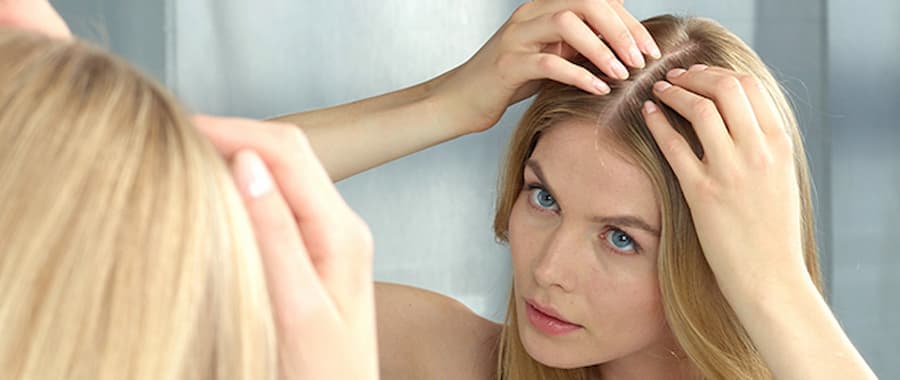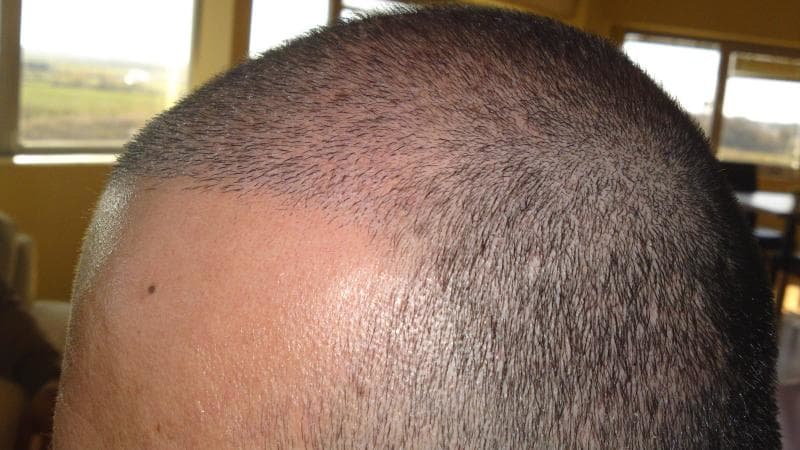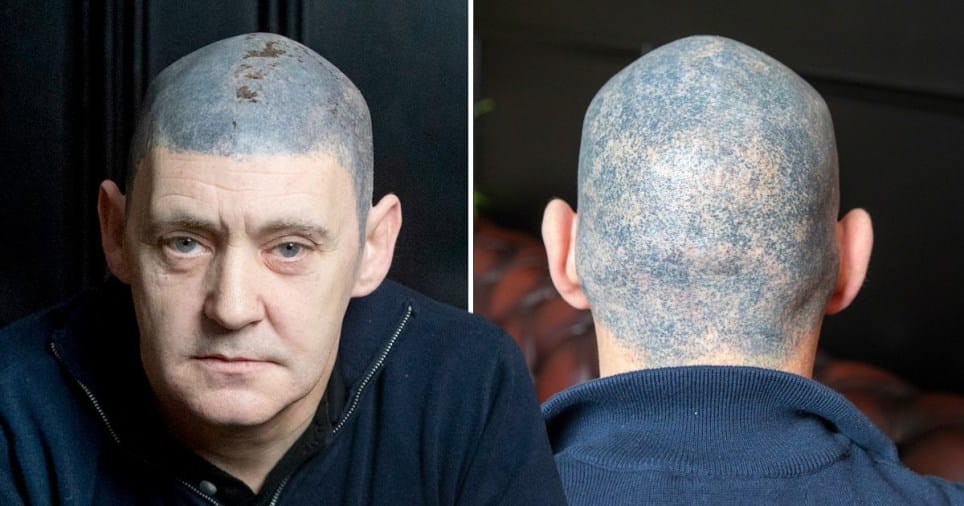Hair loss and baldness are problems that not only men experience but also women can experience. Up to two-thirds of women in the menopause period of their life experienced hair loss. However, due to differences in the hair and body structures between men and women, they are experiencing a different pattern of hair loss.
It is important to remember that a hair transplant for women is typically only suitable for those who have lost their hair on the crown of their head, but the hair on the back and sides should still be dense, strong, and resistant to hair transplantation. In addition to all these, let’s take a look at the types of hair loss that usually respond with great results to a female hair transplant.
- Hair loss due to plastic surgery is generally valid for women who want to hide the incision marks that are visible after treatments, such as facelift and eyebrow lift.
- If you have thinning hair on the crown of the head with little or no thinning on the back and sides of the head, you have female pattern baldness.
- Usually, women with a naturally high hairline undergo a female hair transplant in an attempt to lower the hairline by a few centimeters.
- Hair loss due to trauma is often related to injuries, such as burns and chemicals, however, it can also be applicable for a variety of other accidents or injuries.
- Mechanical or traction alopecia occurs as a result of the continuous use of hairstyles that pull the hair tightly. Hair loss appears at the front hairline, temples, and sometimes the sides of the head.
After you decide with your doctor that you are suitable for hair transplantation, your specialist will decide which hair transplant technique is best for you. The most popular is known as Follicular Unit Extraction (FUE), but both Follicular Unit Transplant (FUT) and Direct Hair Transplant (DHI) techniques are viable options.







